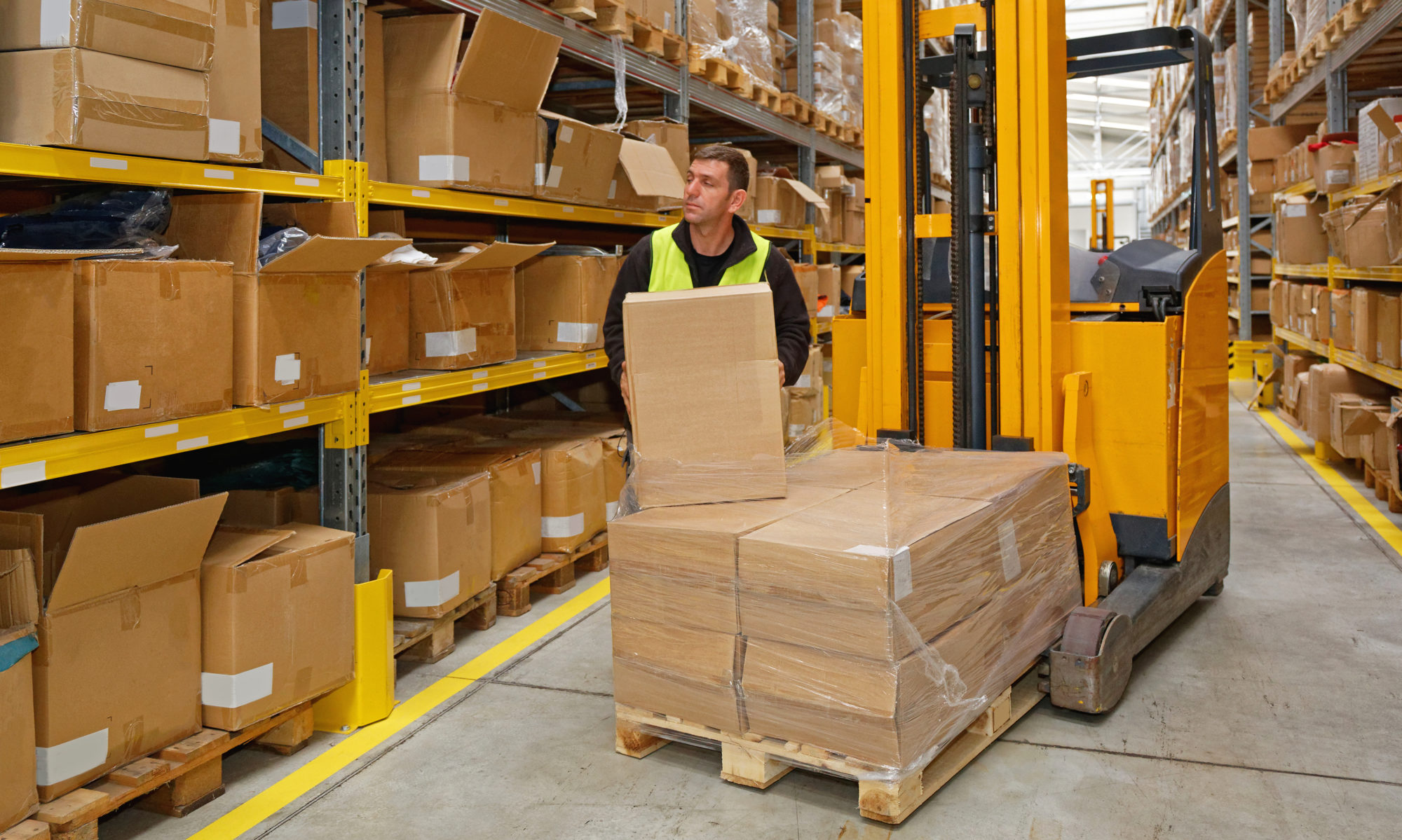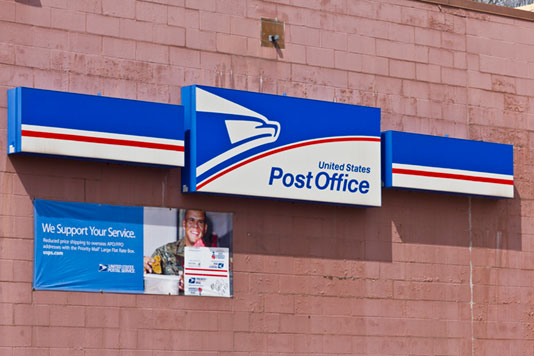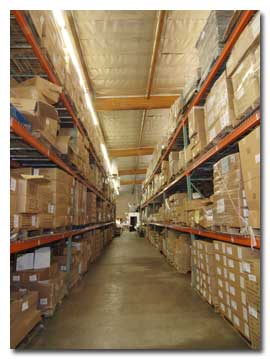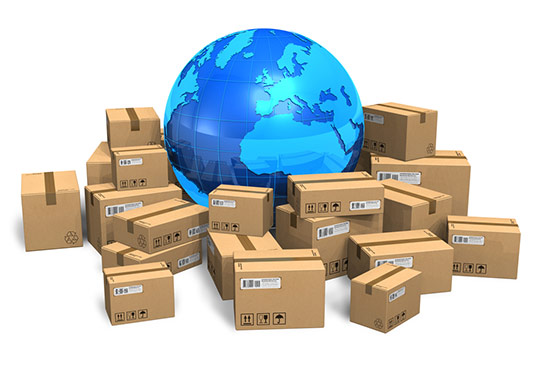Have you ever felt burned by getting a piece of mail from your bank, cable company or insurer whose envelope blared “Important Account Information Enclosed”? You know the outcome: You opened the envelope, that “important information” turned out to be an ad.
Translate that print tactic into untold millions of e-newsletters in distribution, and you will understand why the CAN-SPAM business compliance guide was created.
Email a Powerful Attraction Tactic
Even in an age of Facebook “likes” and Twitter “tweets,” email and e-newsletters — when handled right — continue to be a robust tool for marketers.
- According to 2011 statistics published by Exact Target, 42 percent of subscribers are more likely to purchase from a company whose emails they subscribe to.
- The other side of that coin? Content Marketing Institute notes that the e-newsletter open rate can go as low as 8 percent, with monthly newsletters averaging in the low-20 range.
So the audience making up your e-newsletter lists needs to be one you screen carefully — those on your list should be the people most likely to find your information valuable enough to subscribe and to read at least occasionally with few opt-outs. If you use purchased e-newsletter lists, ensure they are from reputable sources consisting only of “opt in” subscribers.
Keeping Out of Trouble
Once you’ve identified an audience to invite as subscribers, you must establish an acceptable template for your message. Just a few false moves, and your carefully crafted e-newsletter could end up in the spam folder.
CAN-SPAM (Controlling the Assault of Non-Solicited Pornography and Marketing Act of 2003) establishes standards for commercial email, including e-newsletters. It spells out what you can and cannot say, and sets penalties for violations.
Under the CAN-SPAM rules, for example, you are required to:
- Identify the nature of your message as an e-newsletter.
- Tell recipients where you are located. Your e-newsletter must include both an email return address and a valid physical postal address.
- Tell recipients how they can opt-out of your e-newsletter, and honor their request within 10 business days.
Conversely, the CAN-SPAM law prohibits:
- False or misleading header information. In other words, the “To,” “From” and “Reply to” headers must accurately identify the person or company initiating the email.
- Deceptive subject lines. No false promises, “gotcha” wording or other text that doesn’t reflect on the actual content of the e-newsletter.
- Sending through an open relay or using harvested email address (both examples of technology that allows spammers to find and use lists).
And of course, the CAN-SPAM act requires you to truthfully describe any products or services you are offering for sale in your e-newsletter — and if you are positioning this information as an ad, you must identify it as such.
How to Attract More Subscribers
 Subscribers can quickly become un-subscribers, so identifying and attracting new audiences is an important part of your e-newsletter strategy.
Subscribers can quickly become un-subscribers, so identifying and attracting new audiences is an important part of your e-newsletter strategy.
How can you encourage people to opt-in?
- Promote your e-newsletter on your website’s homepage. Keep a colorful sign-up icon near the top of the screen, as you can never rely on visitors scrolling all the way down.
- Invite new customers to subscribe. If someone makes a purchase through your website, follow it up with an email invitation to the newsletter. You can use the same tactic with visitors who leave contact information on your landing page.
- Include a “send to a friend” link on every e-newsletter to encourage forwards from subscribers.
- Promote your e-newsletter on your social media pages; include sneak-peeks of articles or offers that subscribers will find in the newsletter.
- Offer a free gift to new subscribers. It can be a special deal or item associated with your business, or something general, such as a drawing for an iPad. (However, all giveaways and drawings must be “no purchase necessary” in nature and something anyone may enter.)
Test and Test Again
The way you handle your e-newsletter lists may change once you see how many people opt-in and opt-out of their subscriptions. As with most forms of web marketing, e-newsletters can benefit from testing and measuring results to create the ideal marketing tool for you.




 As your company expands, a fulfillment company can handle your wholesale or B2B orders. Wholesale orders from large retail chains, catalogs and other mass merchants have different demands than business-to-consumer orders. The penalty for noncompliance with an order from a chain of retail stores for even something trivial, can be costly.
As your company expands, a fulfillment company can handle your wholesale or B2B orders. Wholesale orders from large retail chains, catalogs and other mass merchants have different demands than business-to-consumer orders. The penalty for noncompliance with an order from a chain of retail stores for even something trivial, can be costly.
